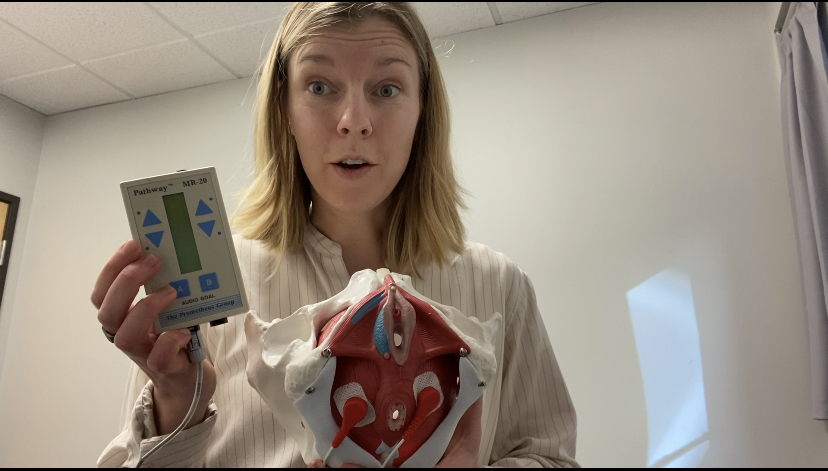Harnessing the Power of Bio-Feedback to Transform Persistent Discomfort Management and Improve Standard of Life
Harnessing the Power of Bio-Feedback to Transform Persistent Discomfort Management and Improve Standard of Life
Blog Article
Persistent pain is a syndrome that impacts millions of people across the world. It can be caused by multiple elements, including injuries, diseases, or even stress. For many patients, managing chronic pain can be a daily challenge that impacts their quality of life. Conventional treatments often include drugs, physiotherapeutic therapy, and sometimes surgery. However, these approaches do not always provide the relief that individuals seek. Recently, biofeedback has surfaced as a potential option for managing chronic pain and enhancing overall health.
Biofeedback is a technique that educates individuals how to manage specific bodily processes by utilizing signals from their own physiology. This approach involves employing sensors that track physiological functions such as heart rate, muscle tension, and skin temperature. By offering real-time feedback, individuals can learn to identify their body's responses to pain and stress. This consciousness allows them to develop strategies to handle their pain more effectively. For instance, if a person observes that their muscle tension increases when they are in pain, they can utilize relaxation techniques to help alleviate that tension.
One of the key advantages of biofeedback is that it enables individuals to take an proactive role in their pain control. Instead of depending solely on medications or treatments from medical providers, patients can gain to comprehend and regulate their own physiology. This sense of control can lead to increased confidence and a more positive outlook on life. Many patients report feeling more in charge of their pain and less like victims of their condition. This shift in mindset can significantly improve their standard of life.
Studies has demonstrated that biofeedback can be effective in reducing chronic pain symptoms. Studies indicate that patients who employ biofeedback methods often undergo less pain and better physical ability. Additionally, biofeedback can help lessen anxiety and stress, which are frequent concerns for those dealing with chronic pain. By tackling both the physical and psychological aspects of pain, biofeedback provides a comprehensive approach to pain control. This integrated method can lead to superior outcomes for individuals, allowing them to participate more completely in their routine activities.
In conclusion, biofeedback is helpful hints a valuable tool for transforming chronic pain management. By teaching individuals to understand and regulate their physiological reactions, biofeedback empowers patients to take charge of their pain. This approach not only helps reduce pain but also enhances overall quality of life. As more people look for options to conventional pain control methods, biofeedback stands out as a promising option. With continued research and recognition, biofeedback could turn into an integral part of chronic pain therapy, helping individuals lead healthier, more fulfilling lives.